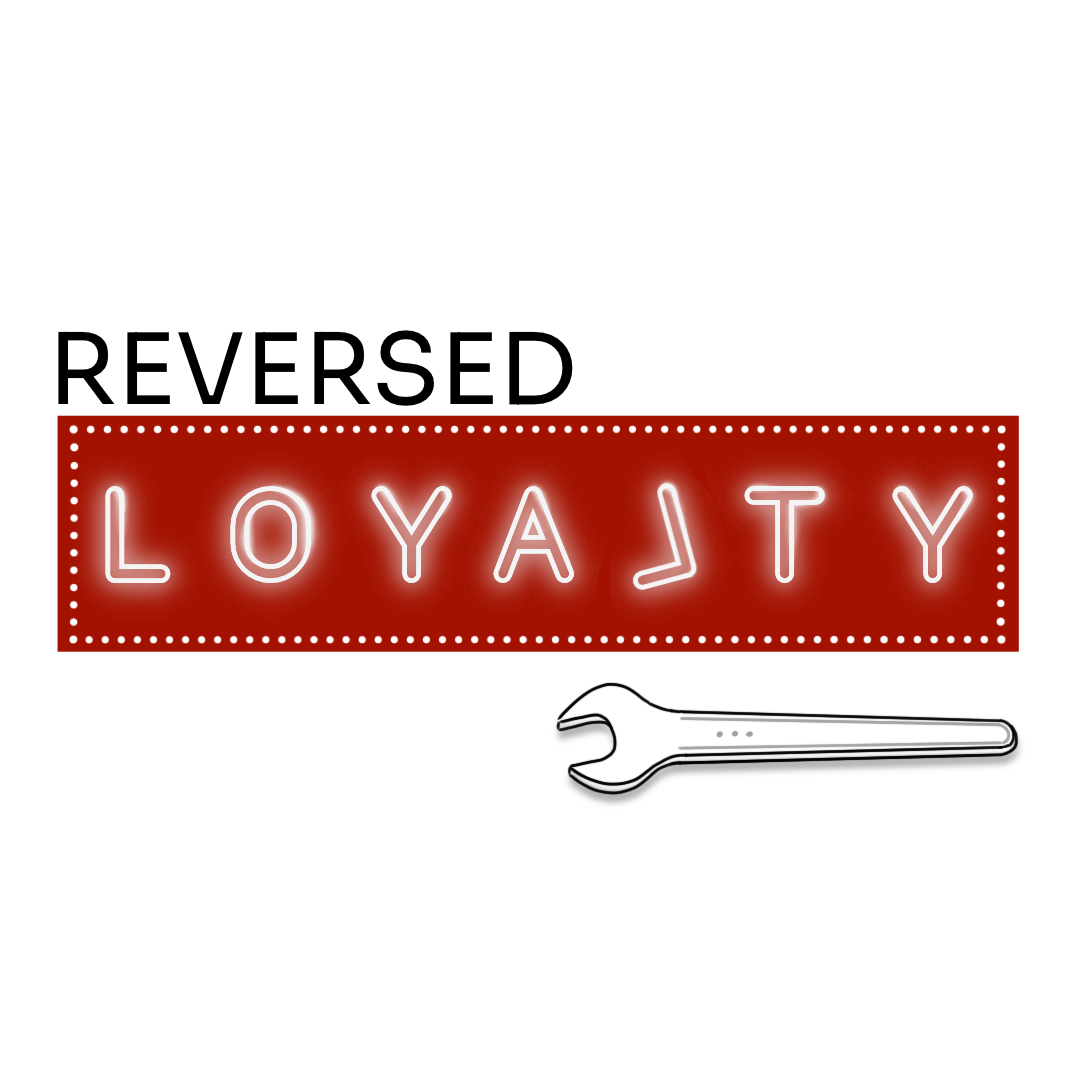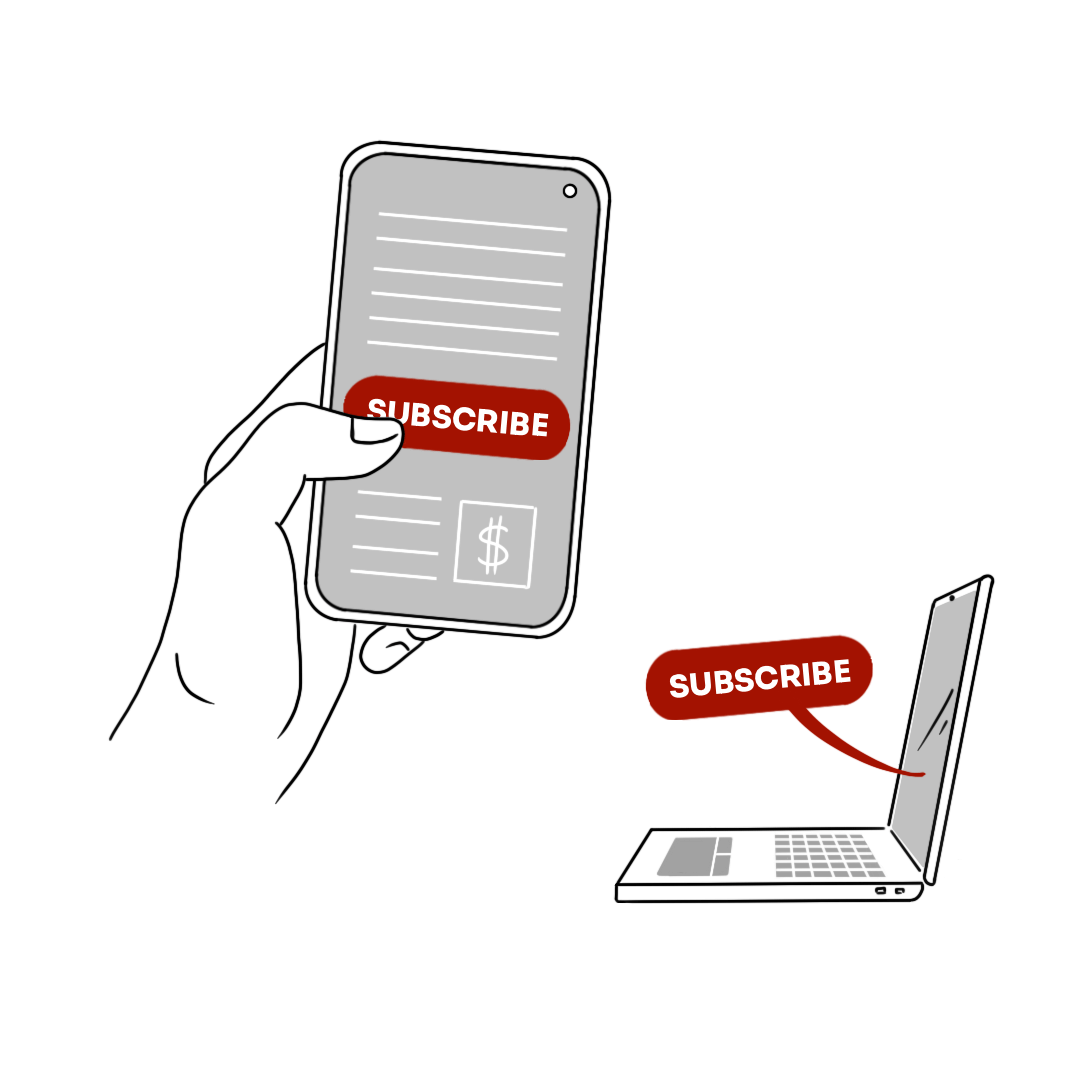Engagement and time
Let’s take a look at the business models of such giants as Google, Apple or Amazon, or Netflix work. How do they build their empires and surround their customers with value?
Functioning in the world of Google or Apple is, most of all, comfortable. The contacts from your old phone move to the new one by themselves, and before you even start to think that it would be nice to have your Google account on your computer and your phone, this service is already waiting for you. Regardless of whether it is technically complicated or not, it is simple for the user and does not require any special effort.
However, using the tendency to make life easier is not everything—brands build partnership relations by adapting to the customers’ life. They exceed your expectations, meeting the needs you didn’t know you had. And above all, great brands are focused on solving people’s problems. They give you something you didn’t even expect, which turns out to be an ideal solution. When I get up in the morning and check the weather on my smartphone, I know that instead of a jumper I should rather put on a T-shirt, and seeing a warning about traffic jams, I can urge my kids to hurry up at the right moment and leave a little earlier.
And although sometimes not everyone likes the fact that these brands know too much about us, for the vast majority of people the perceived value is higher than negative thoughts and slight anxiety. And others don’t even bother and willingly allow access to their data in exchange for seemingly absurd functionalities.
Low barrier to entry, high barrier to exit
Leaving the world of such a brand is almost a physical pain. Customers don’t want to leave their synchronised world. It is well-known to those who moved from Android to Apple or vice versa. Such an operation is a bit like changing a bank account that is known to your friends, or your customers, where you have your transfers defined, you have mastered the app dashboard, and you can recite all the PIN codes even backwards. If leaving the brand is associated with a sense of loss, it means that the relationship was strong.
Will you stay with me for life?
Loyalty is the result of a long-term action and not an answer to offering a cool deal at the cash register.
Let’s take a real-life example. You would definitely speak differently to someone with whom you wanted to have a one-night stand than to someone you would like to see in your flat for longer. In the first case, we expect an immediate benefit, but we also invest less energy. We can exaggerate a little, bluff a little to achieve our goal. Of course, only for a short time. In the second case, when you are not asking for one evening but the whole life, you need compromises, curiosity and interest in the other person, and a constant search for attention. When you are well, you are not looking for an alternative. Even if it sometimes means that you have to make an effort. And for the sake of such a relationship with the customer, you should intensify your brand activities. Thanks to it, you build soft exit barriers. People stop looking at the competition, forgive you even if shopping involves more effort.
So, nowadays brands need to be loyal to the customers instead of customers being loyal to the brand. If you want to see loyalty, you have to offer it first. Fight for peoples’ attention and engagement. Eliminating the barriers to entry and surrounding customers with value creates high barriers to exit. Being always curious about your customer, focusing on solving people’s problems, meeting the needs customers didn’t know they had. For life, not for one stand.







